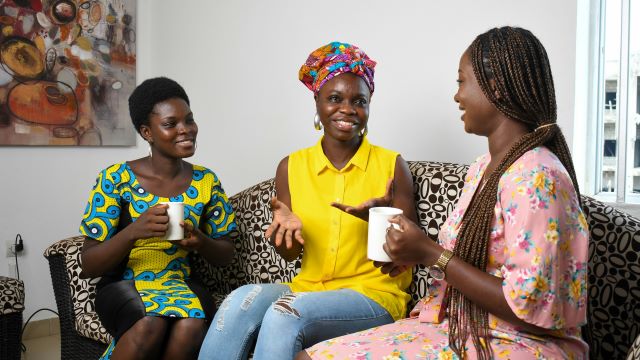In the rolling hills of Burundi, where subsistence farming still shapes much of daily life, the role of women has been shifting, though slowly, toward greater visibility and influence. Over the past two decades, modest but tangible gains have been made in education, employment, and political participation. Yet, the path to gender parity remains uneven, hindered by entrenched cultural norms, economic constraints, and structural inequities.
Education: Steps Forward, Persistent Barriers
The expansion of educational access has been one of Burundi’s most significant social developments, particularly for girls. Enrollment rates in primary and lower secondary schools have risen steadily, narrowing a gender gap that was once stark. In towns and some rural centers, girls now share classrooms with boys in numbers that would have been rare a generation ago.
However, the progress has limits. In remote rural districts, distance to schools, household labor demands, and persistent social attitudes still curtail girls’ attendance. For many families facing economic hardship, sending daughters to school can seem secondary to the immediate need for help at home or in the fields. Even for those who make it into the classroom, shortages of teaching materials and uneven quality of instruction remain pressing issues.
While primary-level participation has improved, women remain underrepresented in higher education, especially in science, technology, engineering, and mathematics (STEM) fields. University enrollment figures for women have inched upward, but the pace has been slow, and gender disparities in academic specialization endure.
Employment: Unequal Pay and Limited Access
In the labor market, women participate widely but are often concentrated in low-paying, informal sectors. Agriculture—particularly small-scale farming—employs the majority, offering long hours with little financial security. Even in urban centers, women frequently encounter barriers to advancing into leadership positions or higher-paid professions.
Access to credit remains a critical obstacle for women entrepreneurs. Without adequate financing or collateral, many are unable to expand businesses or move into more profitable industries. The lack of affordable childcare and limited family support networks further constrain women’s economic participation, forcing many to choose between earning income and meeting domestic responsibilities.
Politics: Progress Measured in Inches
Political representation has seen a structural boost since the adoption of constitutional provisions reserving at least 30 percent of parliamentary seats for women. The measure has increased visibility, yet real influence remains harder to secure. Social skepticism, entrenched gender roles, and the absence of robust political networks continue to impede women’s ascent into higher office.
Those who do achieve leadership positions often face intensified scrutiny, navigating both the expectations of their constituents and the lingering perception that political authority belongs to men. Nevertheless, a growing cadre of women—many working quietly at regional or local levels—is laying the groundwork for broader participation in the years ahead.
Looking Ahead
The story of women in Burundi is one of incremental progress and persistent struggle. Gains in education, new footholds in the workforce, and reserved political seats have created momentum, but deep structural challenges remain. The coming years will test whether these initial steps can evolve into sustained change, with women moving from the margins of policy and economic life to the center of decision-making.
Sources:
- United Nations Development Programme (UNDP). Human Development Report: Burundi 2024.
- World Bank. “Gender Equality and Women’s Empowerment in Burundi.” 2023.
- Inter-Parliamentary Union (IPU). Women in National Parliaments: Burundi Profile. 2024.
- African Development Bank. “Bridging Gender Gaps in Burundi’s Education and Labor Markets.” 2023.

